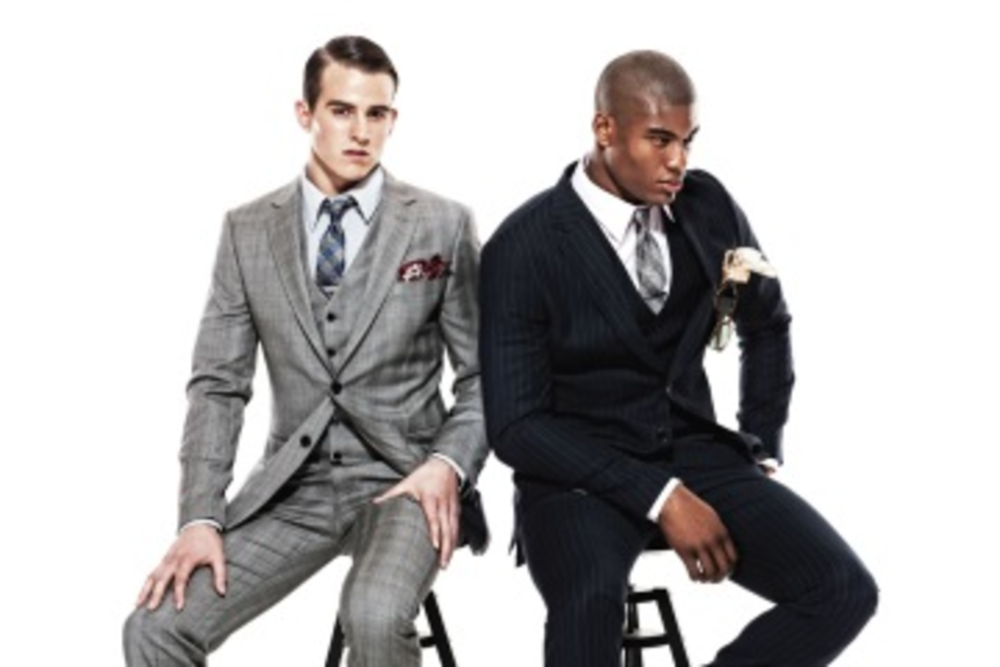Not every customer is a perfect fit for a brand, which is why it’s crucial for companies to identify their key segments and convert these segments into repeat customers. And once a brand classifies its target audience, it must tailor its brand experiences to fit customers’ needs and preferences. Indochino, an online men’s apparel store specializing in made-to-measure suits, relied on Facebook to do just that.
Ordering a suit from Indochino is a fairly self-reliant experience—one that requires customers to fulfill the roles of stylist and tailor. When placing an order, men select their own suit designs, add customized features (such as monogramming, materials, and linings), take their own measurements, and enter those measurements into a measurement profile. However, Indochino suspected that its customers craved a more high-touch experience, especially first time buyers. As a result, the brand launched Traveling Tailor events in 2011—pop-up shops that give customers the opportunity to get measured by a professional, work with a stylist to select fabrics, and complete a transaction.
The goals of the pop ups are simple: engage with first-time buyers so they’re comfortable making a purchase and deepen relationships with existing customers, says Sarah Veit Wallis, Indochino’s chief operating officer. But because Indochino only hosts these pop-ups for a limited time in each market—the latest pop-up is taking place in Vancouver from October 25 to November 3—Indochino has to get in front of potential customers quickly. Hence, the brand started using Facebook’s custom audiences and lookalike modeling this past June for its Chicago, New York, San Francisco, and Seattle pop-ups to tailor the right messages to the right audiences.
“You only have a very short period of time to interact with your customers, let them know that you’re going to be there, and get potential customers engaged and interested in the event,” Wallis says. “Facebook has some very strong targeting capabilities that were important to us from a demographic, psychographic, and geographic standpoint.”
A few weeks before the Traveling Tailor arrived to a given city, Indochino used Facebook’s geo-targeting and custom audiences features to message existing customers most likely to visit. Lookalike modeling helped identify additional prospects. Facebook News Feed ads linked to an appointment booking site, and Indochino used AdRoll and Facebook Exchange to retarget consumers who visited the site but didn’t book an appointment. Indochino also promoted the campaign through email, banner ads, online promotions, print, and public relations.
As a result, Indochino saw a 20-time return on ad spend and a 50% lower appointment booking cost on Facebook compared to other channels. Forty percent of all Facebook ad impressions happened on the mobile News Feed.
And while Wallis says Indochino tracked the number of appointments made via Facebook, she says she would have liked to continue monitoring that activity. For instance, do customers who make Facebook appointments show up or cancel at a higher rate? Do they spend more or less money?
“Right now, how we evaluate our campaigns is just based on the averages that we see overall for the events,” Wallis says. “We think [getting additional information on customer activity is] probably not too far out, but obviously, I would prefer to get more granular and really understand the actual revenue generated as opposed to making estimates.”
Wallis says segmenting Indochino’s customer base also remains a challenge because not all customers use the same email address for Facebook as they do for purchasing a suit.
“It’s not like custom audiences has allowed you to hit everything or hit all of your customers,” she says.








